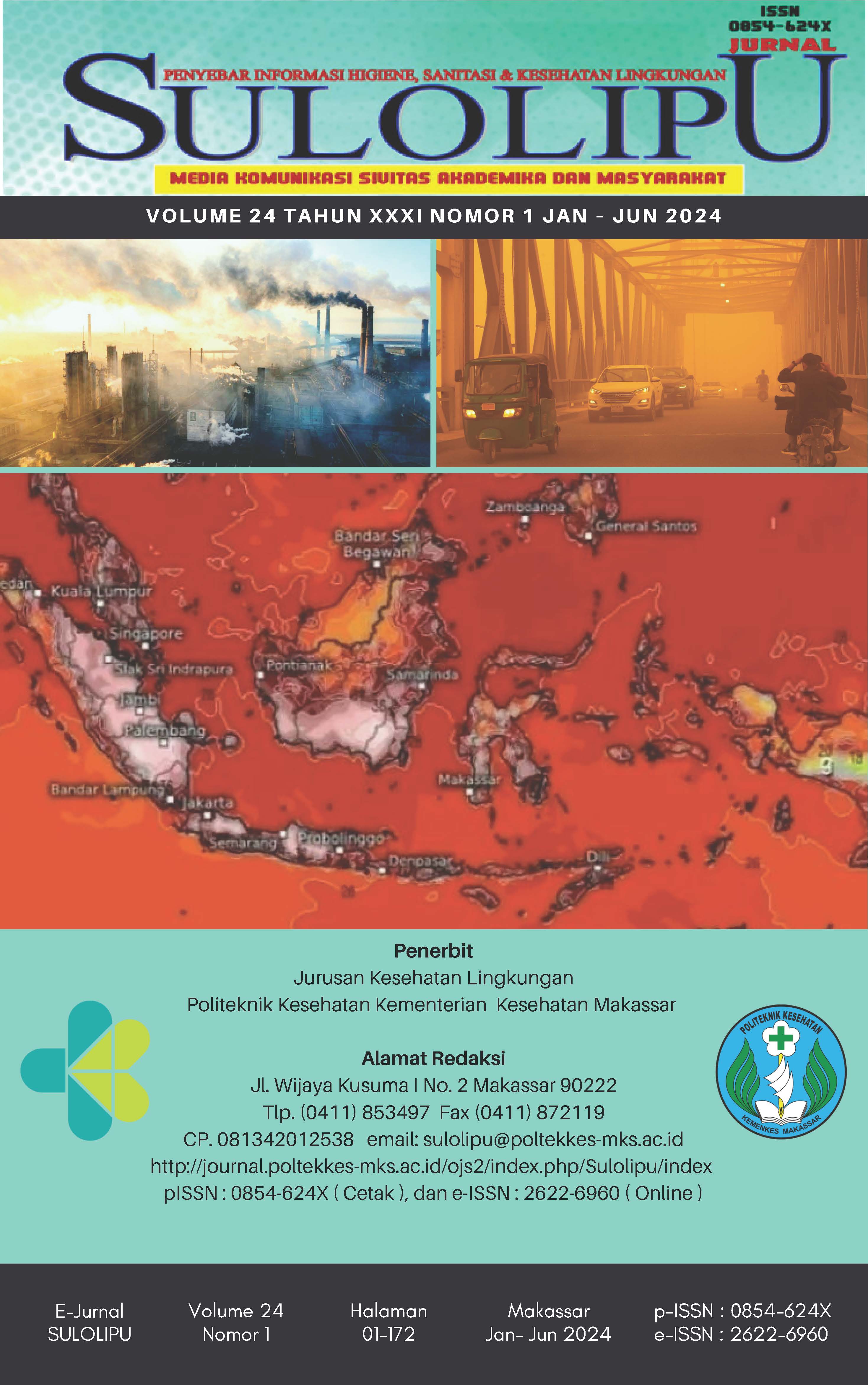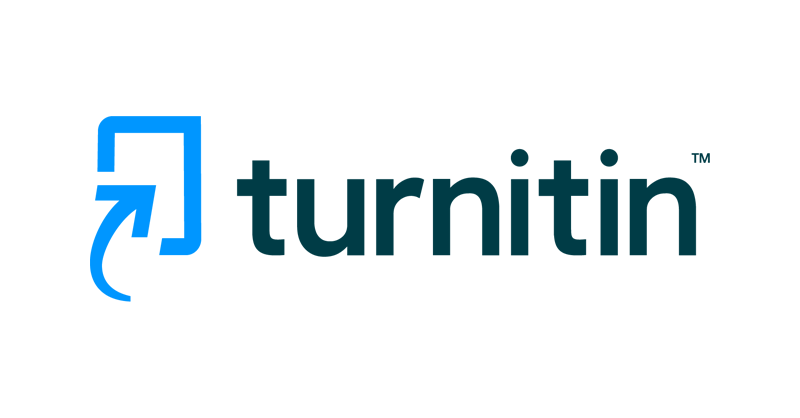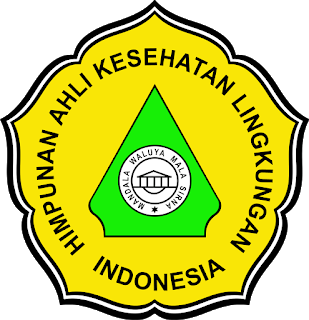Utilization of Cocoa Shell Waste as Organic Fertilizer
DOI:
https://doi.org/10.32382/sulo.v24i1.480Keywords:
Pupuk Organik, Limbah Kulit Kakao, Kotoran Sapi, Dedak, Air LindiAbstract
Cocoa peel waste is a byproduct of cocoa fruit processing that is quite abundant and has not been optimally utilized. Therefore, an action is needed that can utilize cocoa shell waste into something useful, one of which is made into organic fertilizer so that it can overcome the problem that has been one of the causes of environmental pollution in the plantation area. This study aims to determine the utilization of cocoa shell waste as organic fertilizer. The type of research used in this study is a quasi-experiment with the aim of knowing the length of composting time and the quality of the C/N Ratio. The results showed that the utilization of cocoa shell waste with the addition of leachate activator at a dose of 200 ml occurred for 18 days with a C/N Ratio value of 11, the addition of leachate activator at a dose of 250 ml occurred for 16 days with a C/N Ratio value of 13, the addition of leachate activator at a dose of 300 ml occurred for 14 days with a C/N Ratio value of 12 and without the addition of activator occurred for 28 days with a C/N Ratio value of 15. This shows that the addition of leachate activator is able to accelerate the composting process compared to without using leachate activator. The conclusion of this research is that the utilization of cocoa shell waste with the addition of leachate water activator with doses of 200 ml, 250 ml and 300 ml on the length of composting time and C/N Ratio value meets the requirements or quality standards set by SNI 19-7030-2004.
Keywords : Organic Fertilizer, Cocoa Shell Waste, Cow Manure, Bran, Leachate Water
References
Evelin Novitasari, Edelbertha, Chandra, (2020). "Pemanfaatan Lindi sebagai Bahan EM4 dalam Proses Pengomposan". TEMU ILMIAH IPLBI, 2016. (Online). https://temuilmiah.iplbi.or.id/wp-content/uploads/2016/12/IPLBI-H-115-120-Pemanfaataan-Lindi-Sebagai-Bahan-EM4-Dalam-Proses-Pengomposan.pdf&ved=2ahUKEwixyaLnjl7uAhVCXHwKHPiAAegQIAxAC&usg=AOvVaw1dGayJA4v78-X9xt9JKVK. (Diakses 23 juni 2023)
Farumi, S. S. (2020). Pengaruh Aktivator dalam Kompos Takakura terhadap Tanaman Cabai. Preventia: Indonesian Journal of Public Health, 5(1), 55–63. (Online). http://journal2.um.ac.id/index.php/preventia/article/view/15089. (Diakses 13 Desember 2022)
Fathir, M. (2020). Efektifitas Dan Kerapatan Mikroba Dekomposer : Eksplorasi Rasio Bahan Kompos. Makassar : Universitas Hasanuddin Makassar. (Skripsi Tidak Dipublikasikan).
Isroi. 2008. Kompos. Badai Penelitian Bioteknologi Perkebunan Indonesia. Bogor.
Junaidi et al., (2021). Pemanfaatan Limbah Kulit Kakao Terhadap Pertumbuhan Bibit Tanaman Pala (Myristica fragrans). Jurnal Agrokompleks Tolis, 1(2) : 27-32. (Online). https://ojs.umada.ac.id/index.php/jago_tolis/article/view/142. (Diakses 15 Desember 2022)
Juradi, M. A., Tando, E., & Suwitra, K. (2019). Inovasi Teknologi Pemanfaatan Limbah Kulit Buah Kakao (Theobroma cacao L.) Sebagai Pupuk Organik Ramah Lingkungan. AGRORADIX : Jurnal Ilmu Pertanian, 2(2) : 9–17. (Online). http://e-jurnal.unisda.ac.id/index.php/agro/article/view/1586. (Diakses 12 Desember 2022)
Kuara Rezeki Win. (2022). Pengaruh Penambahan Lindi Organik Dan Air Cucian Beras Terhadap Waktu Pengomposan Sampah Organik. Tugas Akhir. Banda Aceh: Universitas Islam Negeri Ar-Raniry.
Lilis Sutrisnawati. 2023. Pemanfaatan Kulit Kakao Sebagai Bahan Baku Pembuatan Kompos Dengan Kotoran Sapi Dan Ayam Sebagai Sumber Mikroba Menggunakan Metode Takakura. Online https://online-journal.unja.ac.id/JurnalEngineering/article/view/23398/16514 (Diakses 19 Juni 2024)
Republik Indonesia. (2008). Undang-Undang Republik Indonesia Nomor 18 Tahun 2008 Tentang Pengelolaan Sampah.
SNI 19-7030-2004. (2004). Spesifikasi kompos dari sampah organik domestik. Badan Standardisasi Nasional, 12.
Sucipto Cecep D. (2009). Kesehatan Lingkungan. Yogyakarta: Gosyeng Publishing
Sulasmi, N. syamsih. (2021). Penambahan Air Kelapa (Cocos Nucifera L) Dan Air Lindi (Leachate) Sebagai Aktivator Pembuatan Kompos. Jurnal Sulolipu, 21(2), 6. (Online). https://journal.poltekkes-mks.ac.id/ojs2/index.php/Sulolipu/article/view/2317. (Diakses 12 Desember 2022)
Sumekto R. (2006). Pupuk Organik. Klaten Jawa Tengah: PT. Intan Sejati,
Suryati T. (2014). Bebas Sampah Dari Rumah. Jakarta: AgroMedia Pustaka
Z. Fynnisa, dan M. H. (2020). Karakterisasi Kulit Coklat sebagai Bahan Pembuatan Pupuk Organik. Prosiding Seminar Nasional Multidisiplin Ilmu Universitas Asahan, 822–828. (Online). http://www.jurnal.una.ac.id/index.php/semnasmudi/article/view/1601. (Diakses 20 Desember 2022)
Downloads
Published
How to Cite
Issue
Section
PDF (Bahasa Indonesia) downloaded: 1445



















